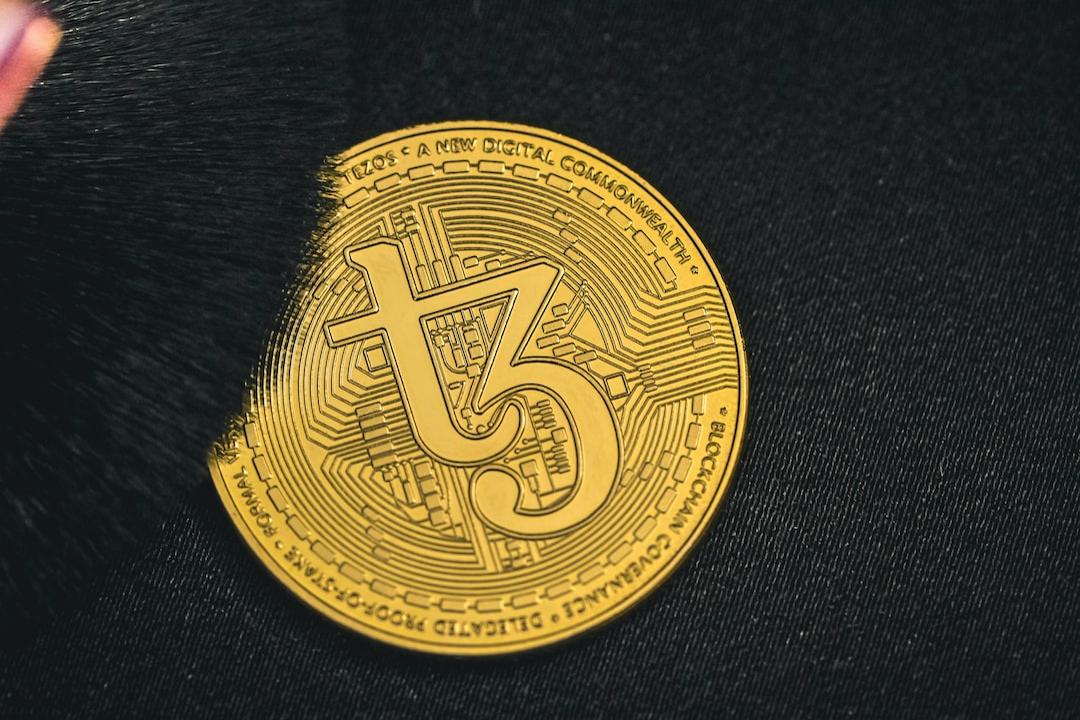On the evening of June 13th, Arkham announced that Curve founder Michael Egorov’s nearly nine-figure lending position (worth $141 million in CRV) had been completely liquidated, resulting in over $1 million in bad debts on Curve’s lending platform, Llamalend.
In response to the liquidation turmoil, Curve founder Michael Egorov took to social media the same day to address the situation. He stated that both the Curve team and himself had been working diligently to resolve the liquidation risk issue. As it was widely known, all of his loan positions had been liquidated.
He further added that due to the size of his positions having a significant impact on the market, approximately $10 million in bad debts had occurred. However, 93% of these debts had already been repaid, with the remaining portion expected to be settled soon.
With this 12-hour liquidation storm seemingly paused, the price of CRV remained fluctuating around $0.28. However, the reasons behind the massive liquidation of CRV lending positions still needed further investigation. Michael Egorov’s calm demeanor during the liquidation raised questions, especially his refusal to replenish or rescue the positions, leading to speculation within the community about whether he was cashing out CRV through collateralized loans.
The liquidation of the $141 million CRV position may have been anticipated. Two months prior, Michael Egorov’s lending position on the platform had been flagged for potential liquidation risks. Despite the warnings, no action was taken, and when the liquidation occurred, it seemed almost expected.
Arkham’s data platform had highlighted that Michael Egorov had collateralized $141 million in CRV across five lending platforms, borrowing $95.7 million in stablecoins (mostly crvUSD). As the price of CRV tokens dropped, the risk of liquidation loomed over his positions.
Subsequently, the CRV token plummeted from $0.35 to a low of $0.21, experiencing a more than 40% intraday drop and hitting a new historical low.
Michael Egorov’s CRV lending positions on platforms like Inverse and UwU Lend had all breached the liquidation threshold, triggering the liquidation mode.
Arkham’s announcement on the evening of June 13th confirmed that Michael Egorov’s $141 million lending position had been completely liquidated.
In fact, two months earlier, warnings had been issued about the dangerous territory of Michael Egorov’s CRV collateralized lending positions, signaling the possibility of liquidation.
When faced with the imminent threat of liquidation, Michael Egorov did not take any measures to address the situation over the past two months. Therefore, the liquidation of his CRV lending positions when the overall cryptocurrency market was declining was not surprising.
Regarding the liquidation, there were two perspectives on why it did not occur: either the oracle’s pricing lagged behind, failing to track the liquidation price accurately, or the manual liquidation mechanism on the Silo lending platform required manual execution, which did not happen despite the price hitting the liquidation threshold.
Michael Egorov seemed to have narrowly escaped the liquidation in April, with his position remaining unscathed. However, in the face of his precarious position, he had not taken any proactive measures in the past two months. Therefore, when the price of CRV dropped again, the liquidation of his lending positions was not unexpected.
The community raised questions about whether Michael Egorov had planned the liquidation as a way to cash out. Liquidating a $141 million CRV position to ultimately gain around $100 million in stablecoins while facing less than a 30% loss seemed suspicious. If he had sold the CRV directly on the secondary market, the loss could have been more significant due to CRV’s current liquidity.
In response to the liquidation of the CRV positions, Ethereum core developer eric.eth stated that the Curve founder did not incur any “losses” from the liquidation. He actually made a profit of $100 million from the $140 million CRV position. Selling on the market would have resulted in a similar price and community backlash.
Some users supported Michael Egorov’s liquidation strategy, pointing out that he had a win-win strategy by collateralizing and liquidating. If the CRV price rose, he could borrow more money, and if it fell, he could liquidate while retaining the borrowed funds.
The aftermath of the CRV liquidation had a significant impact on the crypto market, particularly affecting Curve-related investors. The steep decline in the CRV price also led to liquidations on other lending platforms. Users on platforms like Fraxlend suffered losses due to liquidations.
Despite the losses incurred by some investors, others saw opportunities to profit from the situation. Notably, crypto fund NDV’s co-founder and NFT whale Christian acquired 30 million CRV from Michael Egorov to support the future of Curve and DeFi. Christian’s purchase of CRV at around $0.20 per token resulted in a 40% gain with the current price at $0.28.
Since last year’s controversies involving VC coins and the subsequent crises faced by the Curve platform, including the recent liquidation of the $141 million CRV position, Curve has been on a downward trajectory. Some attribute this decline to challenges in the DeFi sector, while others believe it was due to poor decisions made by Michael Egorov.
According to DeFiLlama data, as of June 14th, Curve’s total value locked (TVL) had plummeted to $2.27 billion, which was less than a tenth of its peak value of $23 billion in 2022. The platform’s ranking in the DeFi market had also fallen outside the top 15.
In conclusion, the liquidation of the CRV positions, whether intentional or unintentional, had a significant impact on the crypto market, particularly affecting Curve investors and other lending platforms. The repercussions of the liquidation wave were felt across the ecosystem, highlighting the risks associated with leveraging in the crypto space.

